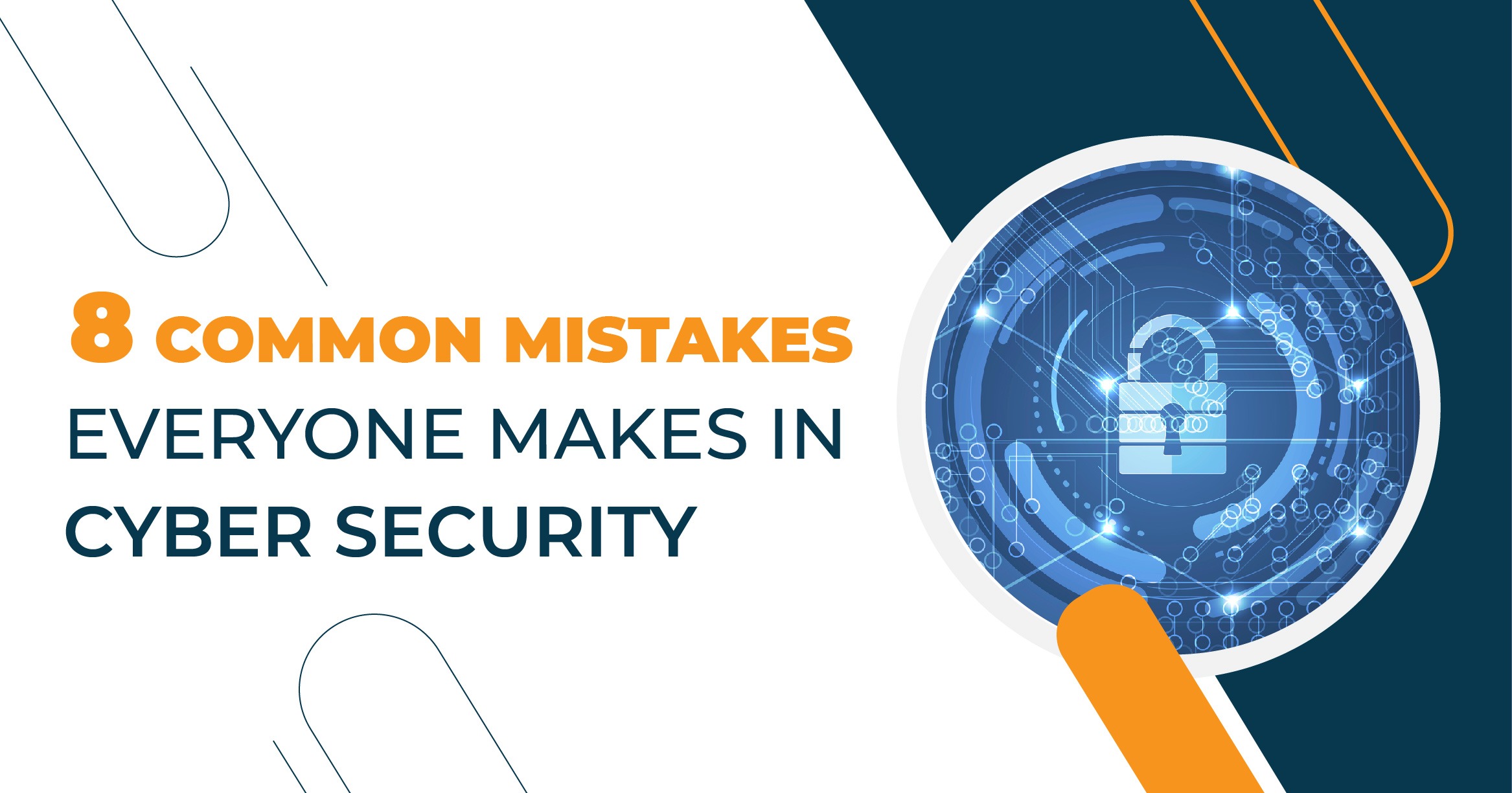Securing critical systems and sensitive data from digital threats is known as cybersecurity. Cybersecurity measures, also known as information technology (IT) security, prevent threats to networked systems and applications, whether they come from within or outside a company. Cybercrime costs organizations $2.9 million every minute, and major businesses lose $25 per minute due to data breaches, according to RiskIQ research.
Cyberattacks pose a growing threat to businesses, with potential to disrupt or dismantle operations, and the financial toll on victims is escalating. For instance, IBM’s Cost of a Data Breach 2023 report reveals that in 2023 the average data breach cost soared to USD 4.45 million, marking a 15% increase over three years. Ransomware-related breaches were even costlier, averaging USD 5.13 million, excluding ransom payments which spiked to an average of USD 1,542,333, an 89% surge from the prior year.
The IT landscape has witnessed significant shifts, including heightened adoption of cloud computing, increased network complexities, a surge in remote and BYOD practices, and widespread integration of connected devices and sensors. While these trends offer immense business benefits and drive human advancement, they also furnish cybercriminals with a plethora of opportunities for malicious activities. This is where the role of cybersecurity services becomes important.
Why is Cybersecurity Becoming More Critical?
The threat of being hacked extends beyond the risk to company data; it can tarnish customer relations and result in legal consequences. As technology advances, from self-driving cars to smart home security systems, the impact of cybercrime intensifies.
Today, safeguarding confidential information is paramount across governmental and industrial sectors. Cyberattacks can originate from anywhere globally, compromising state secrets or jeopardizing businesses reliant on customer data.
The foundation of organizational security rests on three core principles: Confidentiality, Integrity, and Availability.
Confidentiality ensures that sensitive information and functions are accessed solely by authorized parties, as seen in military operations.
Integrity dictates that only authorized individuals and methods can modify, add, or delete sensitive data and functions, exemplified by a user inputting incorrect data into a database.
Availability ensures that systems, functions, and data are accessible as needed, aligning with predetermined parameters for service levels.
As a cybersecurity services company, Skillmine’s services are dependent on these core principles. Our cybersecurity services ensure that your business has its defences strengthened to ward off all kinds of online threats.
Here are some common mistakes that businesses make when it comes to cybersecurity:
Poor disaster recovery plans
When a cyber-attack occurs, firms must have backup procedures to restore corporate operations without data loss or interruption quickly. Some organizations fail to do so because they lack dedicated employees to design these policies. Worse, some companies don’t have any form of strategy at all! An absence of contingency planning can result in more catastrophic issues.
Delay in deploying patches
Bugs exist in all software, and hackers seek them when looking for weaknesses in your system’s security. Organizations must ensure that their systems are updated with the most recent updates as soon as possible so that attackers do not have time to uncover weaknesses before they are patched.
Poor password management
Weak passwords are one of the most common causes of cybercrime, including brute force attacks. “123456,” “password,” and “qwerty” are examples of weak passwords that are still in use. Implementing password regulations within the firm, requiring users to select strong and unique passwords for each system they log into, is one strategy to address this issue. Additionally, reminding staff of their obligations regularly and periodically upgrading and rotating their credentials can prevent security breaches.
CASE STUDY
The incident occurred at a prestigious academic institution. The incident involved emails sent to other individuals from a highly senior and high-profile person. As noted by other users, the suspected emails contained a dangerous program. Following an inquiry into the emails, it was discovered that the senior person had not transmitted any emails to anyone that may have compromised the user’s credentials. The “Past account Activity” details were noticed during the investigation, which revealed the specifics of the person’s last ten Gmail logins, including location, IP, method, and time. It was determined that the latest login details were suspicious based on the information provided. So it was essentially a crime against individuals that targeted users from a person’s contact book to acquire access to their data.
The attacker, in this case, was a member of the organization who attempted to obtain user credentials by spoofing other people’s email addresses. The attacker had two goals in mind: one was to defame the senior employee because he had personal grievances against him, and the other was to misuse the user’s credentials.
The incident occurred due to a typical sort of vulnerability, namely, a weak password.
Ignoring updates
For reasons such as installation costs and compatibility concerns with current equipment and applications, businesses frequently neglect to update their IT infrastructure and operating systems. This blunder could also be attributed to a lack of (or no) IT personnel. Companies risk compromising security and becoming obsolete in the face of competition if they do not plan and upgrade regularly.
Not using 2-factor authentication
Since so many users use the same password across different sites and services, passwords alone are no longer sufficient to safeguard online accounts. When possible, go above and beyond with passwords, such as implementing two-factor authentication via SMS text message. Hackers who obtain user credentials without this additional step will be unable to gain access unless they also have physical control of the person’s cell phone.
The ‘shadow-IT’ issue:
With the rise of remote cloud-based solutions and smartphone apps, your employees now have access to both in-house (usually secure) applications and many shadow applications that could be vulnerable to cyber-attacks.
While it may not be possible to prevent employees from using these shadow programs on their devices, businesses should be able to monitor them and categorize them according to their risk profile. You can also formally authorize the “safe” and “trusted” apps so that they can be used in the same way as any other internal app.
No protection against phishing and other attacks
Phishing attacks account for 90% of data breaches, according to Cisco’s 2021 Cyber Security Threat Trends report. Phishing attacks are one of the most common ways for hackers to get past a company’s defenses: sending emails that appear authentic (but aren’t) to induce employees to give critical information like usernames and passwords. Such scams can be difficult to spot because they often appear to be messages from legitimate colleagues or business partners, with accurate email addresses, names, and signatures, but dangerous links or attachments instead of what seems to be an essential document.
You should make sure that your users know that unwanted messages that ask them to click on links should be avoided. If you believe your firm has already been a victim of a cyber-attack, you should contact IT support professionals, right away because past breaches are frequently used to seed new attacks.
Failure to prepare a business continuity plan
It would help if you had an emergency plan in place in the case of a security breach that results in downtime so that your business can resume operations as soon as feasible. This should get employees back on track with their regular duties and serve customers while preventing further damage. Even if there is significant data loss or revenue disruption, your firm will be set up for a speedier recovery period with appropriate preparation and planning. Encourage your personnel to adopt security best practices and train them to recognize common attacks regularly.
CASE STUDY
A foreign, persistent, and sophisticated threat organization breached SingHealth’s system, gaining access to its database, which houses electronic medical records. It stole the personal information of 1.5 million patients and 160,000 outpatient medication records. The attack was classified as an advanced persistent threat (APT). The issue here was a fundamental lack of cyber-security knowledge and inadequate training to recognize the severity of the attack and respond effectively.
Conclusion
Cyber security should be on your agenda. Allocating the resources to deal with cybersecurity, governance, and decision-making and building an environment where everyone is aware of their responsibilities is the key to sealing your organization’s security.
Looking for expert technology consulting services? Contact us today.





